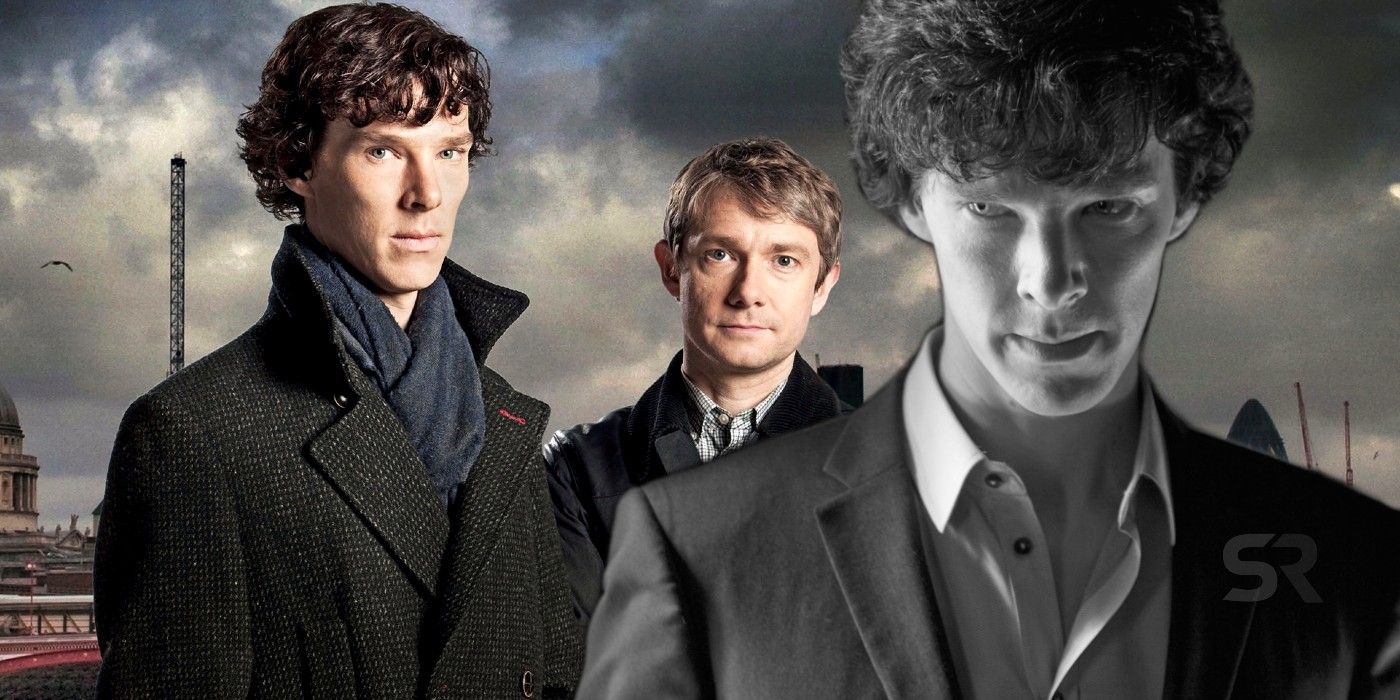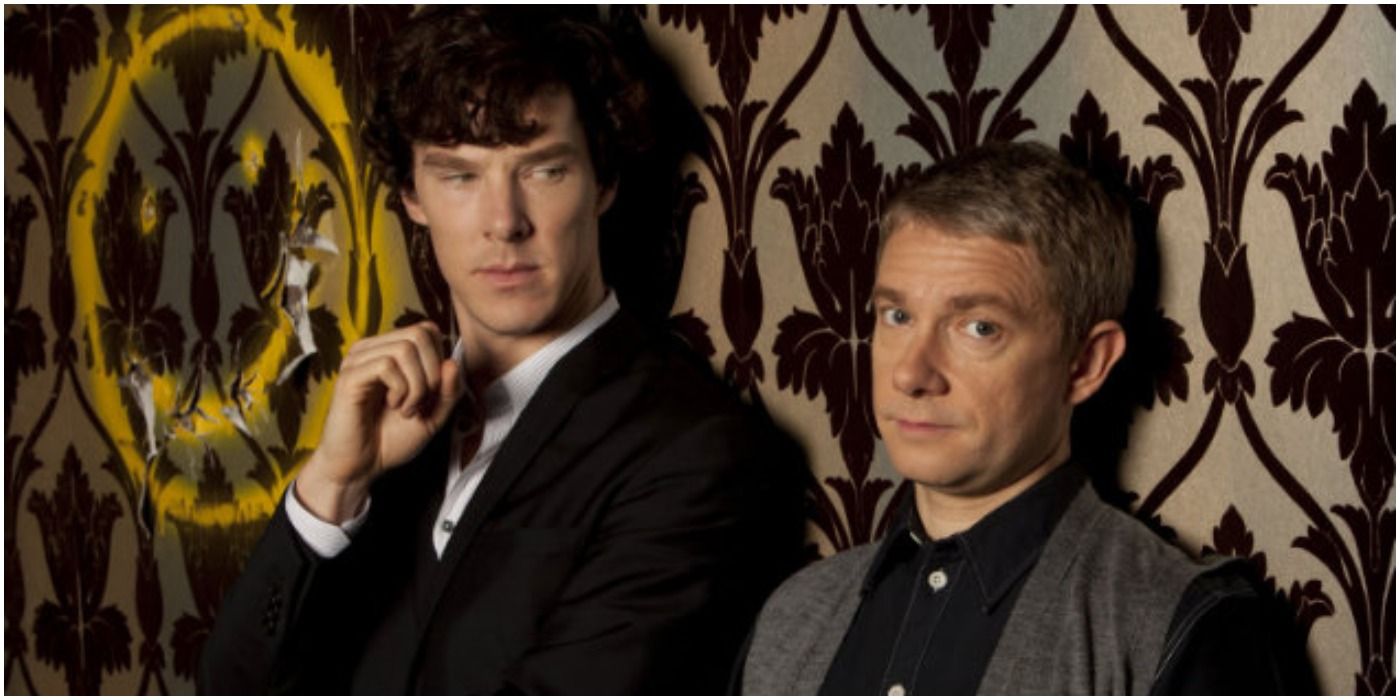BBC’s Sherlock was very well received from the beginning, and that’s all because the pilot episode was reshot – here’s what happened. The Great Detective has gone through countless adaptations for decades, jumping from the book pages to the big screen (most recently in Guy Ritchie’s films, Sherlock Holmes and Sherlock Holmes: A Game of Shadows), comic books, and TV, which in recent years has seen more modern versions of Holmes and Watson in Elementary and Sherlock.
Created by Mark Gatiss and Steven Moffat, Sherlock had Benedict Cumberbatch as the title character and Martin Freeman as Dr. John Watson, and followed their most notable cases with modern-day London as main setting. The series lived on for three more seasons (and a special episode set in Victorian London), and while the final one wasn’t exactly the best, the series as a whole was a success with critics and audiences. Each episode was based on one (sometimes two) cases written by Arthur Conan Doyle, but adapted to fit a modern vibe.
Sherlock’s pilot episode, titled “A Study in Pink” (based on A Study in Scarlet), established the tone, narrative and visual style the series was going for, but it wasn’t the original version of the pilot. As it turns out, Sherlock went through the pilot episode experience twice, as the first one didn’t come out as expected. As with all TV shows, the intention was for Sherlock to become a proper series after the pilot, but the episode wasn’t that good, leading to rumors about the series being a potential disaster. The BBC then agreed to not air the pilot and have it reshot, now with director Paul McGuigan on the lead, and made some important and significant changes that led to Sherlock being properly developed as a series.
The plot for both versions of the episode is the same, with Sherlock and Watson dealing with a series of mysterious suicides, but the pace, dialogue, and visual style were changed. The biggest addition, and which became a fan-favorite detail of the series, were the text messages appearing on screen, which helped make the audience part of the story. “A Study in Pink” was praised by critics and fans of Doyle’s stories, who pointed out the characters’ use of technology and the deduction sequences as the most creative parts of the episode. All those details established by the (second version of) pilot episode continued on the rest of the series, even though the quality of the stories decreased after Sherlock’s return from the dead in season 3.
Reshooting the episode was the wisest move the BBC made when it comes to Sherlock, and it was also wise to release the unaired episode on the DVD of the first season. The team behind Sherlock saved themselves from a big failure by rethinking every aspect of the pilot and working towards what they really had in mind, which was not only more appealing but also did justice to the source material.


